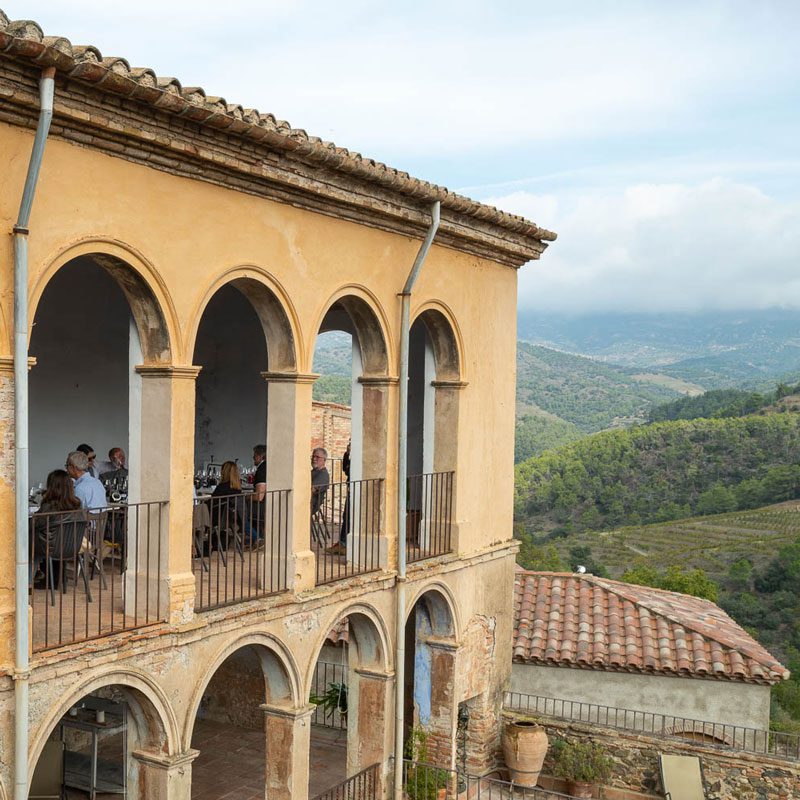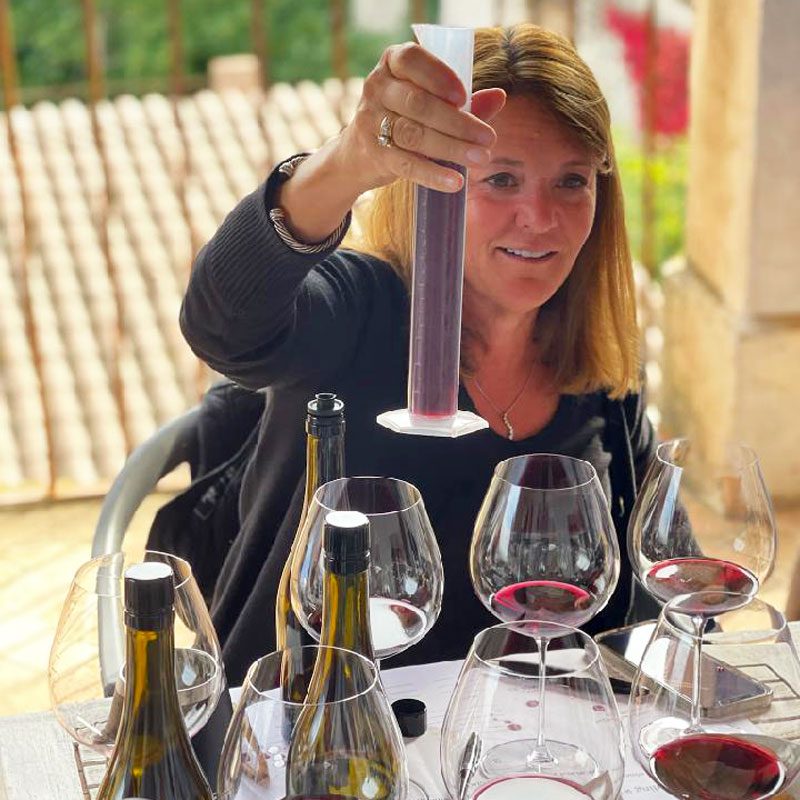Winemaking
We are privileged to have The Vines Global and their worldwide network of renowned winemakers as our partners.
Priorat, Spain
Priorat, a UNESCO World Heritage Site located 90 minutes outside of Barcelona, has become known as one of the world’s most unique places to make powerful yet mineral-driven and food friendly wines. Perhaps no other wine region in the world so perfectly balances ancient tradition and modern winemaking techniques.
Location
Catalunya is bordered by Andorra and France to the north, Valencia to the south and the Mediterranean Sea coast to the east. The majority of Catalan vineyards lie to the south of the peaks of the Montserrat Massif. Catalan soils vary from calcareous sediments mixed with alluvium to clay and limestone deposits to the famed llicorella (almost-black quartz and slate) soils of Priorat, which gives its wines their unique mineral flavor.
History and Classification Status
There is evidence of winemaking in Priorat as far back as 4000-3000 BC. Even before Romans invaded, the Phoenicians were there, making and trading wine with Cadiz as their base. Modern Priorat winemaking hails from the Carthusian Monastery of Scala Dei (translated as stairway to heaven), founded in 1194. Beginning in 1932, Spain established a formal wine classification system with strict regulations to achieve five categories of certification, including types of grapes, yield limits, ripeness, alcohol content, etc. The DOCa/DOQ (Denominacion de Oriegen Calificada/Denominacio d’Origen Qualificada in Catalan) is the highest quality classification of Spanish wine. Thus far, only Rioja (1991) and Priorat (2000) have received DOCa/DOQ status.
Terrior al Limit Collaboration
What an honor to collaborate with Dominik Huber, Tatjana Peceric, and the Terrior al Limit team! They embody our “Por que no?” mindset in their contrarian approach to winemaking. They refuse to be confined by the traditional Priorat practices of using heavy oak, harvesting late for higher alcohol content and applying other common practices.
As Dominik articulates it, the foods we ate historically were meat-centric, served with heavy sauces and often accompanied richly flavored side dishes. To be complementary, wines had to be full bodies, heavily extracted, aged in oak and of high alcohol content . Today, with growing influence of the Mediterranean diet, we eat more vegetables, fruits, whole grains and fish. Hence, the wines of Terrior al Limit are unbound by convention to harmonize with today’s foods.
We are proud of the outcome: Our 2019 Por Que No Terrior al Limit Blend of their estate Grenache (80%) and Carignan (20%) varietals, aged entirely in concrete amphorae, expresses the unique terrior of the region. It reveals the fresh, crisp and mineral-rich character of this special land, while celebrating this team’s refreshing approach to winemaking.
Terrior al Limit Vines
The vines of Terrior al Limit in Priorat grow at elevations of 980-2600 feet / 300-800 meters. There is very little rainfall (average 16-24″ / 400-600 mm) and no irrigation for the mature vines, making yields very low (1 bottle of wine/10 plants). The roots can descend 98-164 feet / 30-50 meters into the ancient soil to find water and nutrients.
Terrior al Limit fully embraces biodynamic practices that obviate the need for chemicals. In its steep, hillside vineyards, specific weeds are planted among the vine rows. These weeds attract good insects that consume the bad insects. These weeds also create pathways for any surface water to feed the vines.
The grapes are harvested early (typically at 12% alcohol), pressed twice daily by manual foot stomping, and fermented in whole bunches using the natural yeast from the grape skins.



